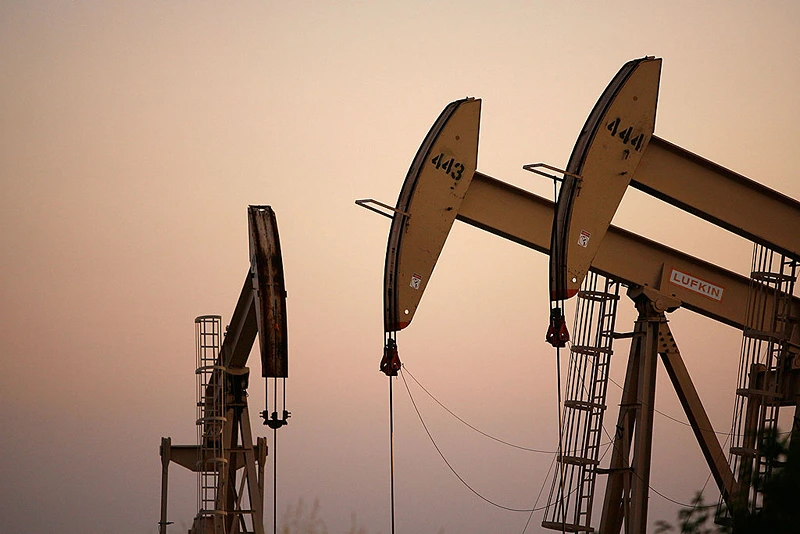
OAN’s Roy Francis
8:23 AM – Saturday, June 2, 2023
The Biden administration issued a 20-year ban on oil and gas drilling on federal lands surrounding the Chaco Culture National Historical Park in New Mexico and northern Arizona on Friday.
Interior Secretary Deb Haaland announced that any new drilling on public lands within a 10-mile radius of Chaco Canyon has been banned. However, Haaland said that the new ban will not affect existing federal leases or drilling on private property.
“Today marks an important step in fulfilling President Biden’s commitments to Indian Country,” Haaland said. “By protecting Chaco Canyon, a sacred place that holds deep meaning for the indigenous peoples whose ancestors have called this place home since time immemorial.”
Advertisement
The 30,000-acre park is one of the country’s oldest and culturally significant ancestral sites in the country for Native American tribes.
“The exceptional landscape in the Greater Chaco region has profound cultural importance,” Bureau of Land Management Director, Tracy Stone-Manning, said. “Today’s announcement marks an important step in ensuring Indigenous voices help inform the management of our public lands.”
In January 2022, the Bureau of Land Management published a notice of the proposed ban in the Federal Register, which opened it to a 120-day public comment period. During that period, more than 110,000 comments were submitted. The Bureau also consulted with 24 tribal groups during that period.
However, the ban was not well met by all tribal groups. The Navajo Nation objected to the moratorium. In May, the Navajo argued that if the ban was to be implemented, then its members would lose a significant amount of income that came from those resources.
In 2021, then-Navajo Nation President Jonathan Nez and Vice President Myron Lizer sent a letter to President Joe Biden, stating that the moratorium will have a “devastating impact” on tribal members.
“The 25th Navajo Nation Council wishes to support the Navajo Nation members who hold allotted land in the area around Chaco Canyon and allow those members to maximize their economic interests,” a resolution from the Navajo Nation stated. “The Navajo Nation does not support a buffer zone around Chaco Canyon.”
There are currently about 53 allotments, belonging to the Navajo, located in the 10-mile buffer zone around Chaco Canyon. The allotments generate over $6 million per year in royalties for around 5,462 allottees according to the Navajo.
The Western Energy Alliance, a group that represents producers in the area, said that if the proposal is implemented, the Navajo Nation would lose over $190 million over the next 20 years.
The San Juan County, New Mexico, board of commissioners also sided with the Navajo and passed a resolution opposing the administration’s proposal.
Oil and gas industry leaders also opposed the ban.
The Bureau of Land Management estimated that the new protection of the land would cost the government about $4.8 million in royalties per year, as well as around 50 jobs.
Stay informed! Receive breaking news blasts directly to your inbox for free. Subscribe here. https://www.oann.com/alerts

